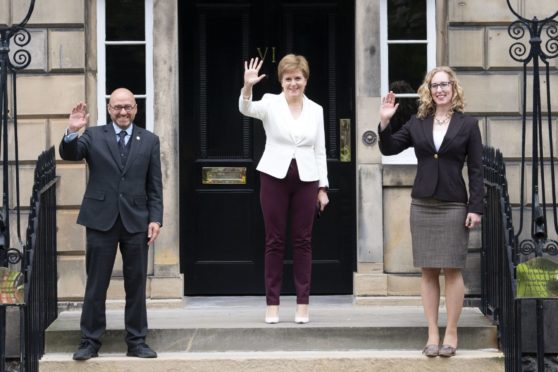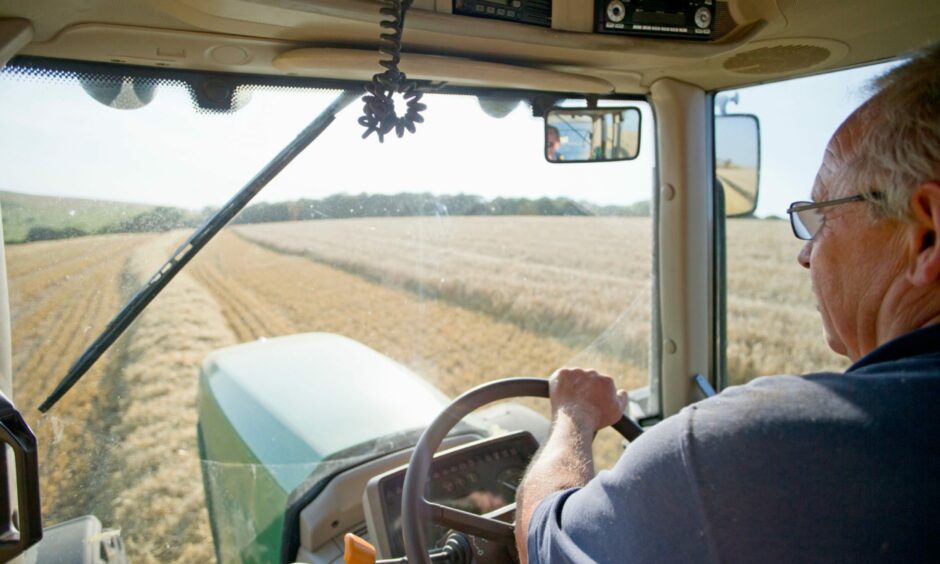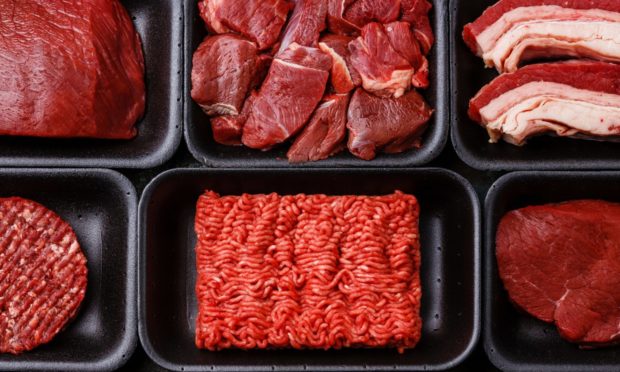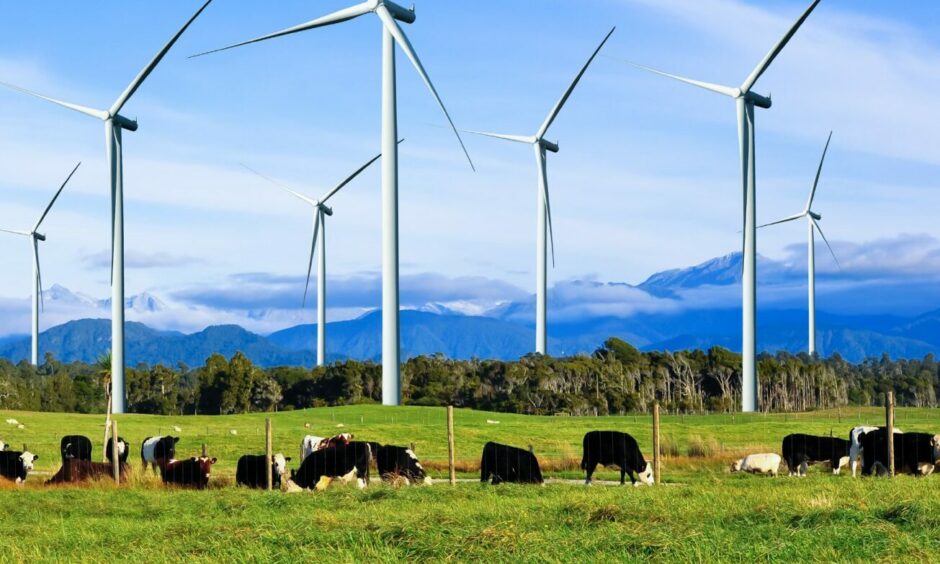Last week the Scottish Greens voted in favour of an “historic” power sharing agreement with the SNP.
Patrick Harvie and Lorna Slater are now Ministers in the Scottish Government giving them real power and influence over every aspect of Government policy.
Unsurprisingly in their 50-page policy agreement the number one priority is independence with a promise of another referendum in this parliamentary session.
It is claimed the agreement is not a formal coalition, but the reality is that with the SNP short of a majority in the Scottish Parliament they cannot pass a budget or a single piece of legislation without Scottish Green votes.
For the Greens they gain massive leverage and power.
I served as a chief whip for the Labour/Liberal government from 1999 to 2007, and I saw first-hand how a small party in a coalition can wield huge influence and power.
Liberal policies such as free personal care, the abolition of tuition fees and proportional elections for council elections were all opposed by Labour, but they were forced to introduce them by the smaller party.
For the SNP they get a Government with a majority in favour of independence, which they believe will make it much more difficult for Boris to refuse another referendum.
For the farming industry the formation of this new Government comes at a pivotal time as key decisions on future farm policy and the decarbonisation of food production will be taken over the lifetime of this parliament.
The Greens coming into power looks to me to be bad news for highly productive, innovative agriculture in Scotland, which of course produces the vast bulk of our food.
A quick glance through their manifesto shows the radical changes they want to introduce.
They promise a massive increase in rewilding including the introduction of the lynx.
They want a target of 33% of land in Scotland to have protected status, and the total land area planted with trees to increase from 18% to 40%.
Now that may be music to the ears of the forestry sector, but it can only come at the expense of livestock production.
The £775 million of farm support would be focussed on tackling climate change and nature recovery.
Emissions reductions and climate mitigation measures would be compulsory for farmers to receive support in future.
Current farm support would be replaced with Land Management Contracts that support organic farming, soil conservation, peatlands, renewable energy, and rewilding.
In addition, they would back consumers in reducing meat and dairy consumption.
What strikes you most about their radical plans is the complete and utter absence of any mention of food production.
There is no mention either of Scottish food exports which account for 75% of our production and are vital to the future of Scottish farming.
The Greens’ vision for the future of rural Scotland is focussed on organic and regenerative agriculture supplying local markets and the rest of land in trees or turned into wildlife parks.
There is no doubt that in future there needs to be more trees and a far greater focus on restoring biodiversity and carbon sequestration, but there must be a proper balance struck with highly productive agriculture.
Many experts point out that one of the largest sources of carbon emissions is new land being brought into agricultural production in developing countries.
With the world population rising and more mouths to feed it makes little sense to cut production on good fertile land in the developed world.
Indeed, many studies show that switching to organic production – which the Greens and others back – would result in a reduction in yields and lead to more land being brought into production worldwide.
That would be a climate disaster.
Intensive farming systems using new innovative technology to reduce emissions are vital in tackling both the climate crisis and feeding a growing population.
Getting that balance right will be one of the key issues for Scottish agricultural policy going forward.
With the Greens now part of Government the risk is that productive agriculture is side-lined in that debate.
Unbelievably despite facing a climate emergency the Green/SNP Government plan to wait another two years before publishing a new agriculture bill.
In the interim there will be a consultation with the industry on the farmer-led group recommendations followed by yet another consultation on future farm support in 2022.
With decisions on future farm policy now being delayed until 2023 where does that leave Farm Minister Mairi Gougeon’s new farmer-led committee co-chaired by NFU Scotland president Martin Kennedy?
Any move to begin decarbonising the farm sector is to be welcomed.
However, the establishment of this group looks to me like window dressing to improve the Scottish Government’s green credentials following Greta Thunberg’s stinging rejection of the First Minister’s claim to be a world leader on climate change.
Why the Greens agreed to this foot dragging given they now have real power to tackle the climate crisis is mystifying.
Surely, they wouldn’t put independence ahead of our climate.
- George Lyon is a former MEP and a former president of NFU Scotland. He is a senior consultant for Hume Brophy.



